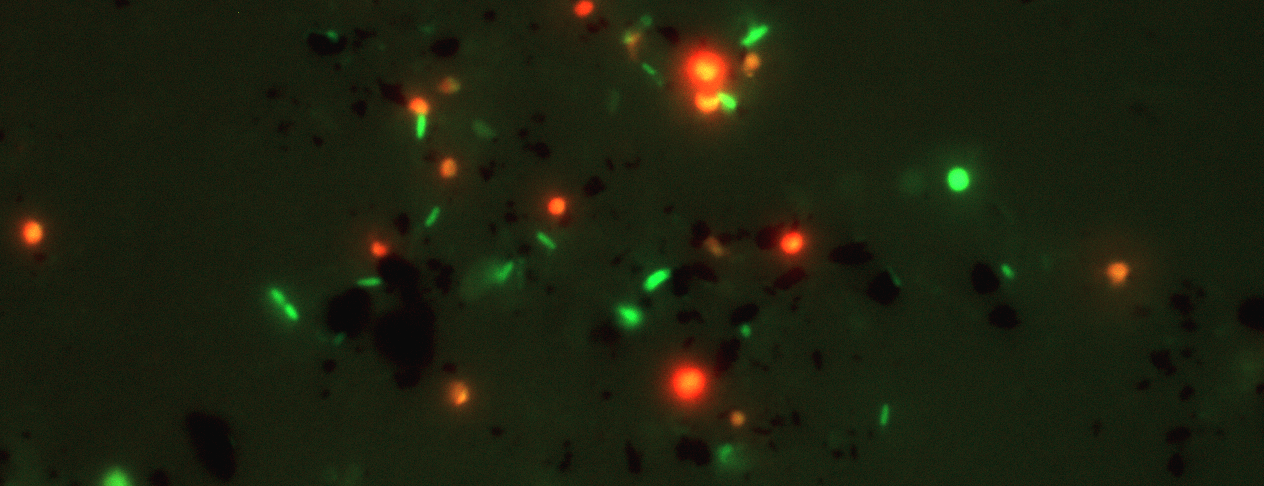By -
Amelia Rotaru
We discovered that Baltic Sea consortia rich in Geobacter and Methanosarcina carried out syntrophic acetate oxidation (SAO) mediated by conductive particles. It’s a really exciting finding not only because it is of importance to our understanding of the iron the methane cycles but also because: it raises questions how anthropogenic discharge of conductive particles (from agriculture, forestry etc) affects methane emissions

